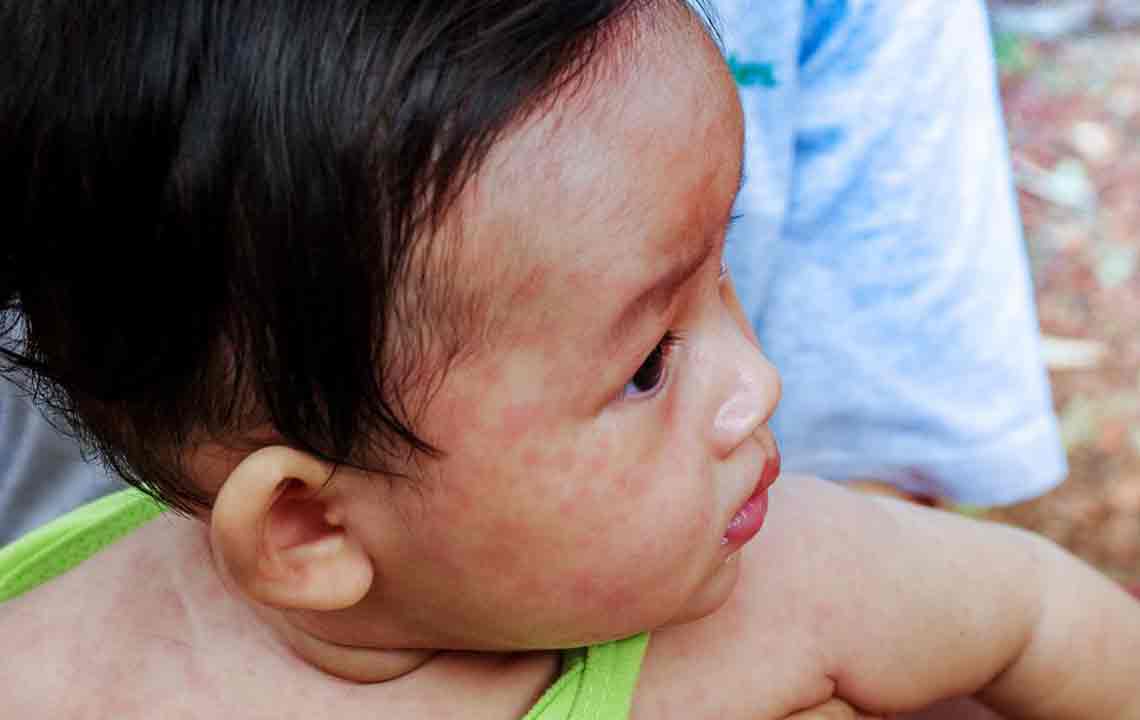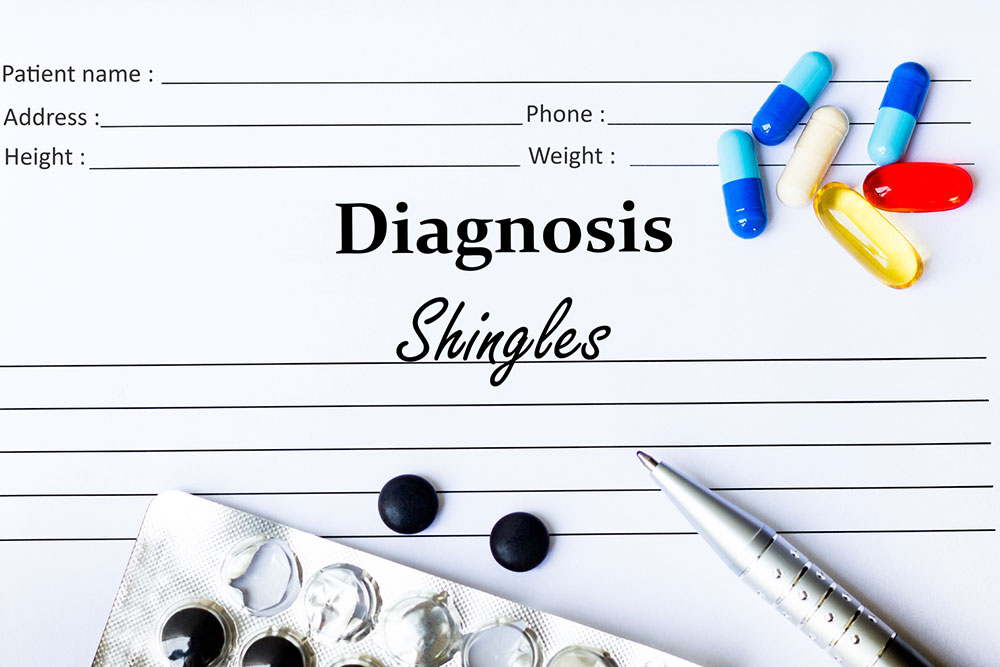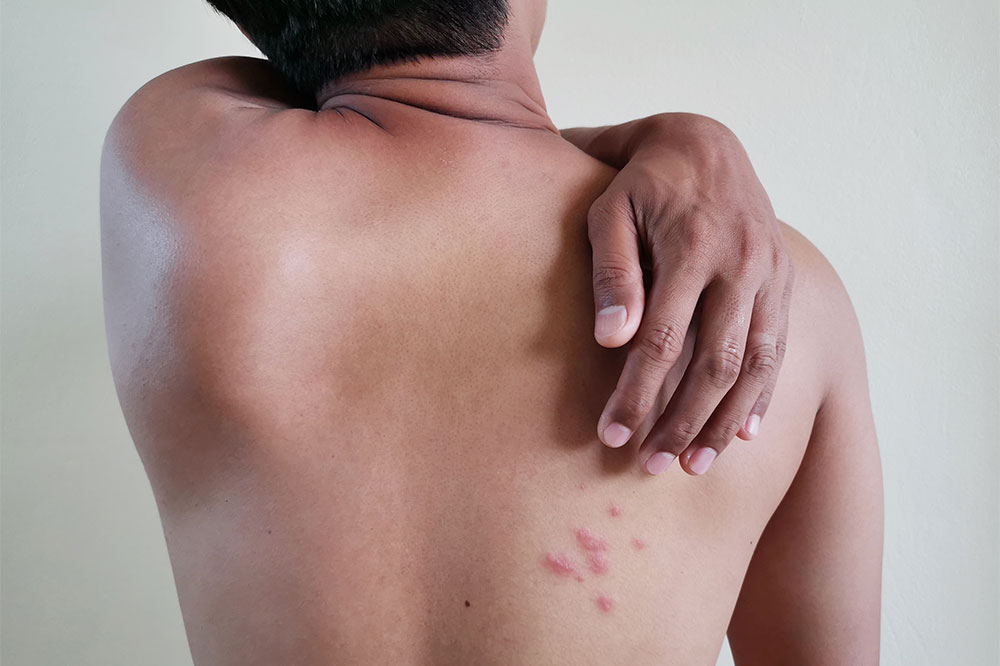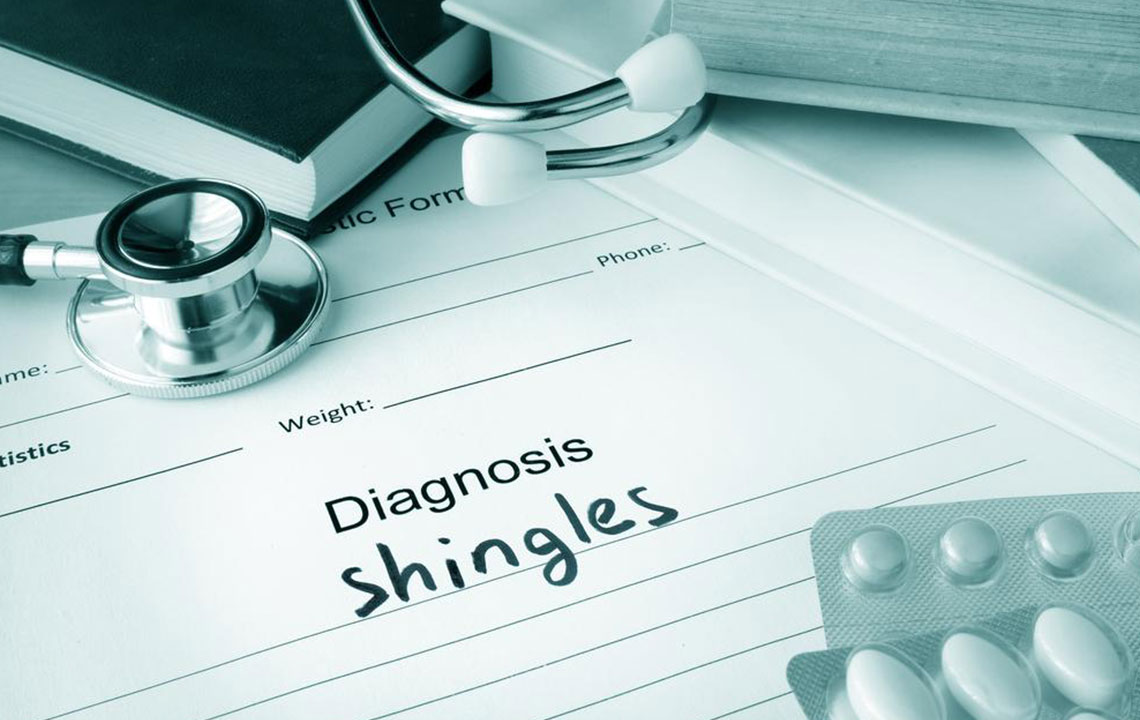Comprehensive Guide to Managing Shingles: Treatments, Medications, and Prevention Strategies
This comprehensive guide covers everything about shingles, including its causes, symptoms, diagnosis, treatment options, vaccination, and home care tips. Proper management and early intervention are vital for reducing pain and preventing serious complications. Learn how antiviral drugs, pain relievers, and vaccines can help you effectively manage shingles and improve your quality of life. Stay informed about preventive strategies and lifestyle adjustments to keep yourself healthy and resilient against this painful condition.
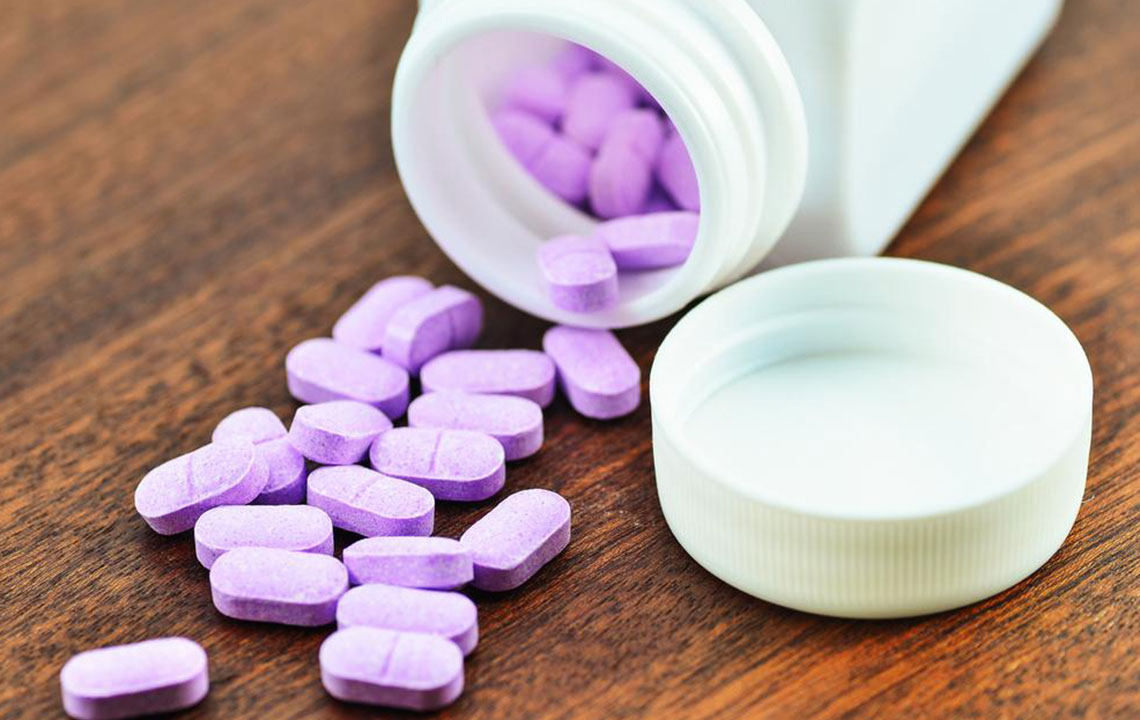
Comprehensive Guide to Managing Shingles: Treatments, Medications, and Prevention Strategies
Shingles, medically known as herpes zoster, is a painful skin condition caused by the reactivation of the varicella-zoster virus, which is the same virus responsible for chickenpox. This reactivation typically occurs decades after the initial infection, especially when the immune system is weakened. The condition causes a painful rash that primarily appears along nerve paths, often with intense discomfort and skin irritation. Due to its high prevalence among adults over 50, understanding shingles, its symptoms, management options, and preventive measures is essential for maintaining health and quality of life.
Understanding the Cause and Symptoms of Shingles
Shingles is caused by the reactivation of the dormant varicella-zoster virus within nerve tissues. After a person recovers from chickenpox, the virus lies inactive in nerve cells, potentially reactivating later in life due to factors like aging, stress, immune suppression, or illness. The hallmark symptoms include a painful, blistering rash that typically appears on one side of the body, following the course of affected nerves. Pain can be intense and may precede the rash by several days, often described as burning, stabbing, or tingling sensations. Additional symptoms can include sensitivity to touch, numbness, fever, headache, and fatigue.
Early Diagnosis and Importance of Prompt Medical Intervention
While shingles is generally identifiable through visual inspection, especially when the characteristic rash appears, early diagnosis can be challenging if symptoms are atypical. It's crucial to recognize early signs such as localized pain or tingling sensations to seek timely medical care. Early treatment can significantly reduce the severity and duration of symptoms, prevent complications, and diminish the risk of postherpetic neuralgia—a chronic nerve pain that persists long after the rash heals.
Healthcare providers typically examine the skin visually and may perform microscopic tests or laboratory analysis on skin scrapings or fluid from blisters, especially in recurrent cases or in immunocompromised patients where diagnosis might be more complex.
The management of shingles primarily focuses on alleviating symptoms, reducing viral activity, and preventing complications through medication and supportive care. Since there is no definitive cure for the virus once reactivated, treatment aims to shorten the duration of illness, reduce pain, and improve quality of life. Several medications and strategies have proven effective, and choosing the right approach depends on individual health status and severity.
Comprehensive Treatment Options for Shingles
Antiviral Medications: Drugs like acyclovir, valacyclovir, and famciclovir are the mainstays of antiviral therapy. They work by inhibiting viral replication, reducing the severity and duration of the outbreak when administered early—ideally within 72 hours of rash appearance. These medications are often prescribed for 7 to 10 days, with dosage tailored to the patient's age, immune status, and severity of symptoms.
Vaccination: The shingles vaccine, such as Shingrix, is highly effective in preventing shingles and its complications. It is recommended for adults over 50, regardless of whether they have had shingles before, as it significantly lowers the risk of reactivation and reduces severity if the disease occurs.
Pain Management: Relief from pain is a primary part of treatment. Topical analgesics such as lidocaine patches, creams, and gels can provide localized relief. Systemic medications like anticonvulsants (e.g., gabapentin, pregabalin), corticosteroids, and tricyclic antidepressants are often prescribed for persistent nerve pain and postherpetic neuralgia.
Supportive Care: Including maintaining proper skin hygiene, keeping the affected area clean and dry, and applying soothing lotions like calamine to reduce itching. Over-the-counter painkillers like acetaminophen or NSAIDs can help manage mild to moderate pain, but consultation with healthcare providers ensures safe use.
Additional Medical Interventions: In severe cases or when pain is unmanageable, nerve block injections or other advanced pain management techniques may be necessary. These procedures can significantly improve the quality of life for individuals suffering from nerve pain.
Though hospitalization is generally not required unless the patient has a compromised immune system or develops secondary bacterial infections, close medical supervision ensures effective management of symptoms and prevention of complications.
Target Populations and Special Considerations
Pregnant women and children should avoid antiviral medications unless specifically advised by their healthcare provider, due to potential risks involved.
People with weakened immune systems, such as those undergoing chemotherapy or with chronic illnesses, require more aggressive treatment and close monitoring.
Postherpetic neuralgia remains a significant concern, impacting long-term quality of life; thus, early and ongoing pain management strategies are vital.
Home Remedies and Lifestyle Adjustments
In addition to medical treatments, supportive measures at home can aid in managing symptoms and speeding recovery. These include:
Regularly cleaning affected blisters gently with soap and water to prevent secondary infections.
Applying calamine lotion or baking soda paste to soothe skin irritation.
Using cool compresses on painful areas to reduce discomfort.
Maintaining a healthy diet rich in vitamins and minerals to strengthen the immune system.
Getting ample rest and avoiding stress to support overall health and immune function.
In conclusion, managing shingles effectively requires early diagnosis, appropriate medication, and supportive care. Vaccination remains the most effective preventive strategy, significantly reducing the incidence and severity of the disease. By understanding the symptoms, treatment options, and preventive measures, individuals can better navigate this condition and minimize its impact on their health.

